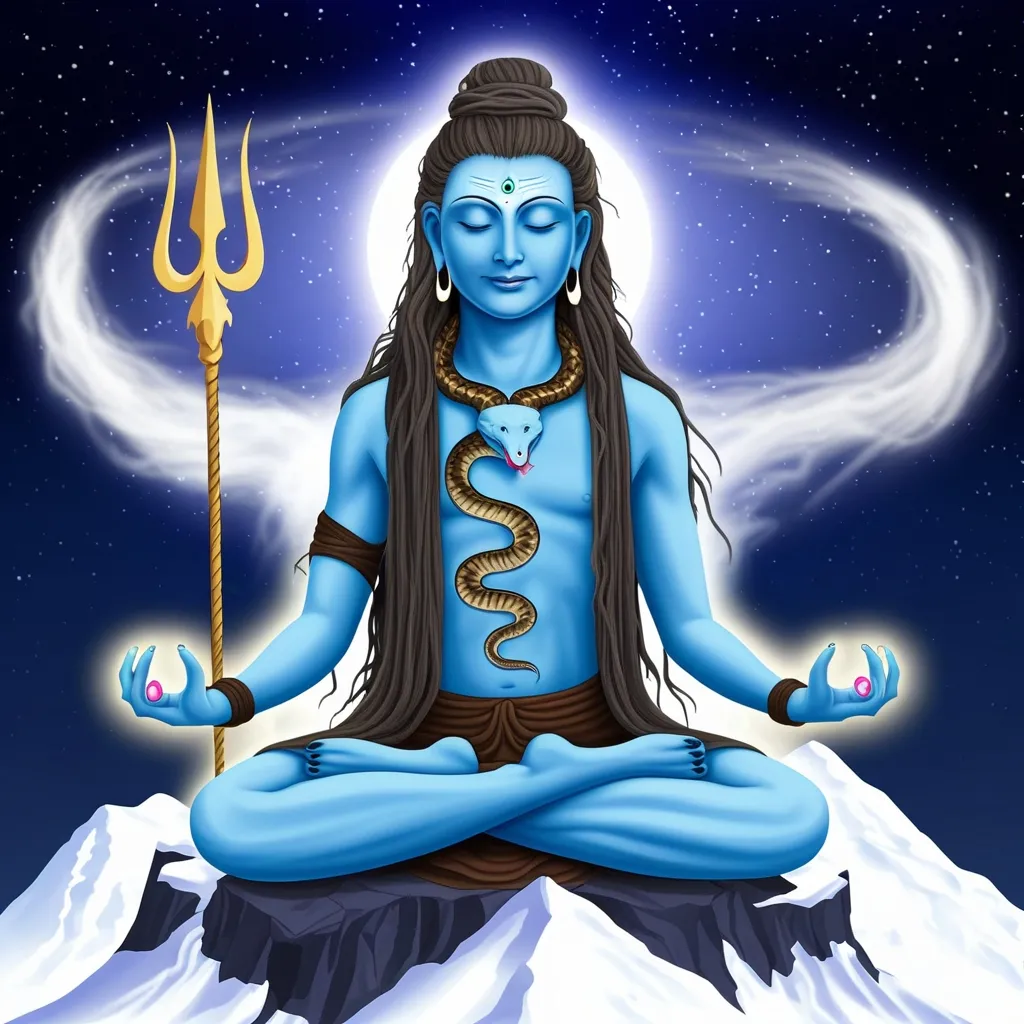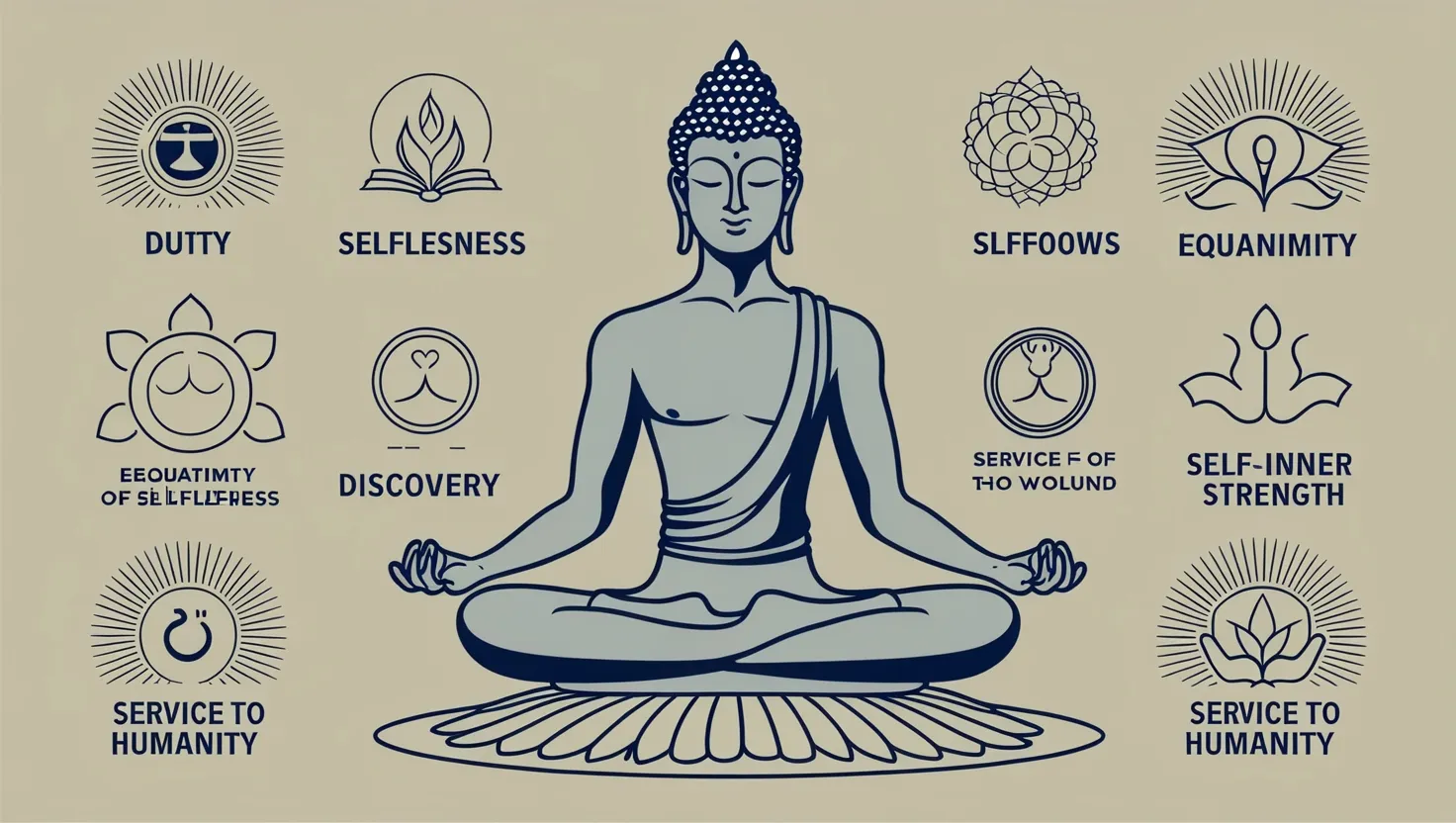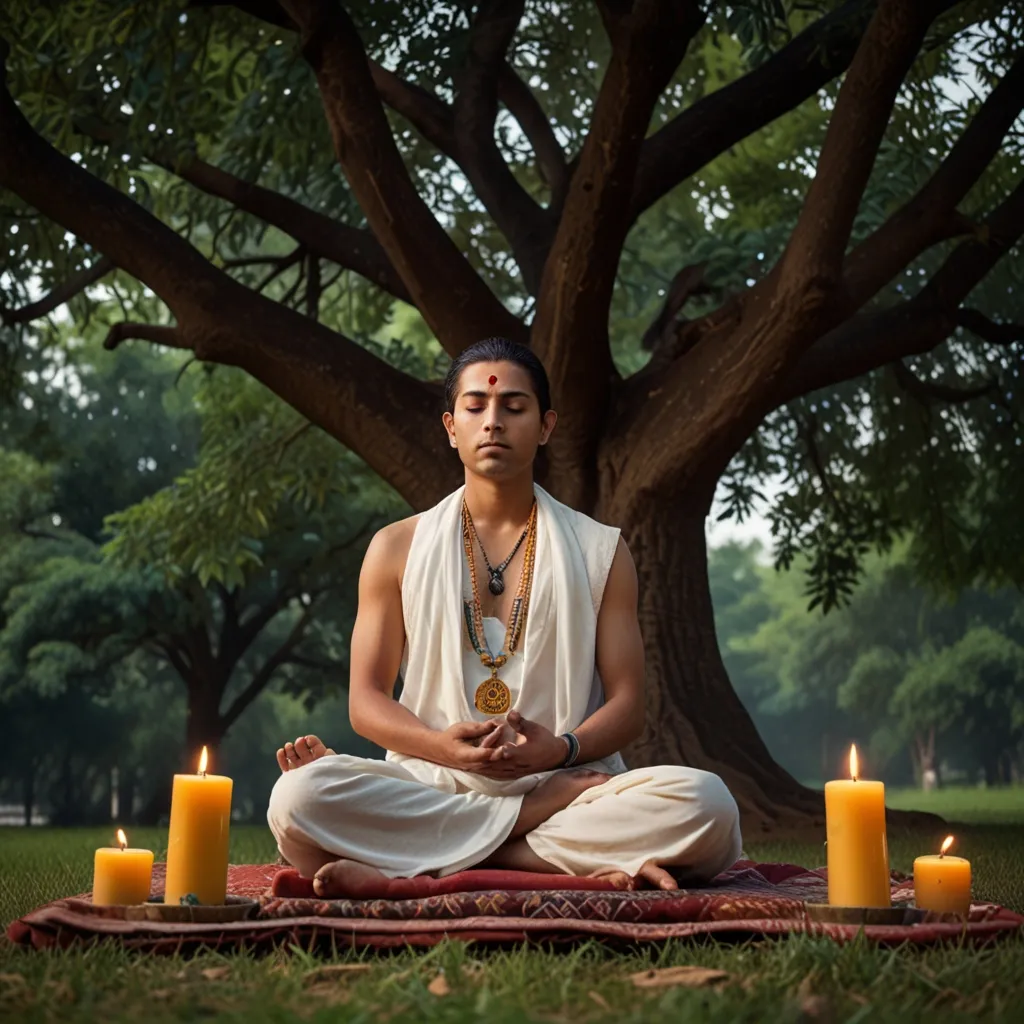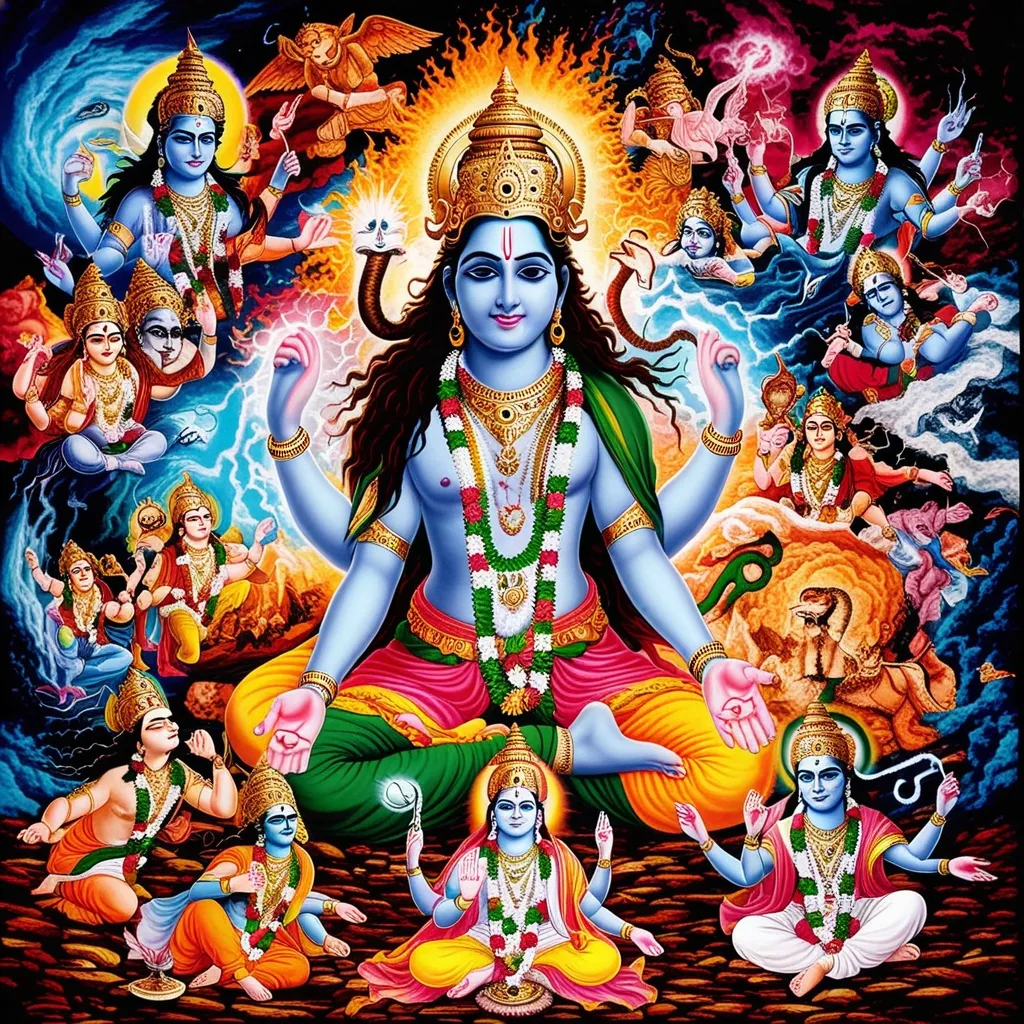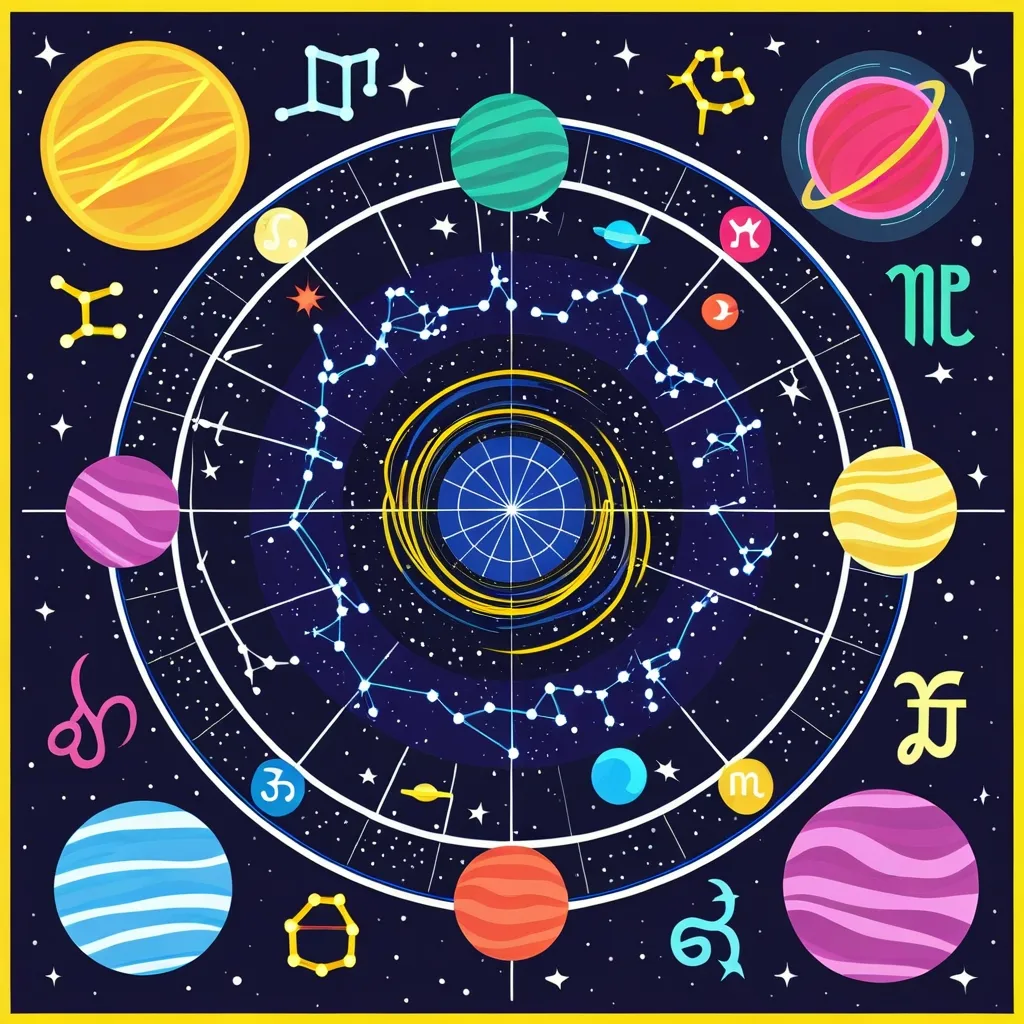Śiva: The Enigmatic God of Hinduism
Hinduism is a tapestry of beliefs, stories, and deities, but among them all, Śiva stands out as the most mysterious and captivating. This enigmatic god has fascinated devotees and scholars alike for centuries, his origins shrouded in myth and his significance evolving through time.
Let’s dive into the world of Śiva and unravel some of his mysteries.
The story of Śiva begins in the mists of time, stretching back to the ancient Indus Valley Civilization. Archaeologists have unearthed seals and symbols that hint at early forms of Śiva worship, though the connections are still debated. It’s like trying to piece together a jigsaw puzzle with half the pieces missing!
As we move into the Vedic period, we start to see clearer traces of Śiva. He first appears as Rudra, a fierce storm god who struck fear into the hearts of both humans and other gods. Imagine a deity so powerful that even other gods were wary of him! This early version of Śiva already shows hints of his complex nature - destructive yet protective.
The Vedas and Upanishads paint an increasingly vivid picture of Śiva. He transforms from a feared storm god to a revered protector and lord of various professions. It’s like watching a character develop in a long-running TV series, gaining depth and nuance with each episode.
One of the coolest things about Śiva is how inclusive his worship became. The Śatarudriya, an important text in Śiva worship, describes him as a god for everyone - from the highest nobles to wanderers and thieves. It’s like he’s the ultimate rockstar, with fans from all walks of life!
By the time we reach the Upanishads, Śiva has leveled up to become the ultimate reality itself. He’s no longer just a powerful god, but the very essence of the universe. Talk about a promotion!
The Puranic era is when Śiva’s story really explodes. He becomes Mahādeva, the great god, complete with a family and a host of colorful stories. It’s like the writers suddenly got a bigger budget and went all out with the special effects!
Śiva’s family life is pretty interesting too. His wife, Parvati, represents the feminine power or Śakti. Together, they’re like the ultimate power couple, balancing each other out and creating harmony. Their sons, Ganesha and Kartikeya, add to the family drama with their own unique stories.
One of the coolest things about Śiva is his multifaceted nature. He’s the destroyer and the protector, the ascetic yogi and the family man. It’s like he’s got multiple personalities, but in a good way! His iconic form, with the third eye and the serpent around his neck, is packed with symbolism. That third eye isn’t just for show - it represents his ability to see beyond the ordinary world into the spiritual realm.
Śiva’s influence goes way beyond mythology. He’s the patron god of yoga, which has become a global phenomenon. Next time you’re doing a downward dog, you can thank Śiva for that! He’s often depicted as the Adi Yogi, the first yogi, sitting in deep meditation.
In the world of art and literature, Śiva is a constant source of inspiration. His cosmic dance, the Tandava, is one of the most powerful images in Hindu art. It represents the cycle of creation, preservation, and destruction - heavy stuff, but also incredibly beautiful.
For many Hindus, Śiva isn’t just a mythological figure, but a living presence in their daily lives. People visit Śiva temples, offer prayers, and perform rituals to seek his blessings. The annual Śivaratri festival is like a cosmic all-nighter, with devotees staying up all night to worship Śiva.
Even in personal worship, Śiva plays a big role. Many people chant the mantra “Om Namah Śivaya” as a way to connect with him. It’s like a spiritual speed dial to the divine!
What makes Śiva so enduringly popular? Maybe it’s his complexity. In a world that often tries to simplify everything into black and white, Śiva reminds us that life is full of shades of gray. He embodies both creation and destruction, both the ascetic and the householder, both the fierce and the gentle.
Or maybe it’s his accessibility. Despite being the supreme deity in many traditions, Śiva is often portrayed as approachable and even relatable. He’s got family drama, he’s got a bit of a temper, he’s got a wild side - sounds like someone we might know, right?
Perhaps it’s the deep philosophical ideas that Śiva represents. His third eye reminds us to look beyond the surface, to seek deeper truths. His cosmic dance symbolizes the endless cycle of the universe, reminding us of our place in the grand scheme of things.
For yoga enthusiasts, Śiva represents the ultimate goal - union with the divine. His image as the Adi Yogi, seated in deep meditation, serves as an inspiration for those seeking inner peace and self-realization.
Śiva’s stories also offer life lessons. Take the story of how he drank the poison that threatened to destroy the world, turning his throat blue in the process. It’s a powerful metaphor for transforming negativity into something positive, a lesson we could all use from time to time.
Even Śiva’s family life offers insights. His relationship with Parvati teaches about balance and partnership. The stories of his sons, Ganesha and Kartikeya, touch on themes of sibling rivalry, parental love, and the challenges of family life.
In the end, what makes Śiva so fascinating is that he’s a paradox. He’s the destroyer who’s also a protector. He’s the fierce god who’s also gentle. He’s the ultimate ascetic who’s also a family man. In embracing these contradictions, Śiva reminds us that life itself is full of paradoxes, and that true wisdom lies in accepting and balancing these opposing forces.
So whether you’re a devoted Śaivite, a curious student of mythology, or just someone intrigued by the complexities of life, Śiva has something to offer. He invites us to look deeper, to question our assumptions, and to find the divine in the dance of existence.
As we navigate our own lives, with all their complexities and contradictions, we can look to Śiva as a guide. Like him, we can strive to find balance amidst chaos, to see beyond the obvious, and to dance our own cosmic dance through the ups and downs of life.
In the end, perhaps that’s the real mystery of Śiva - not that he’s unknowable, but that in trying to know him, we come to know ourselves better. And isn’t that the greatest adventure of all?
